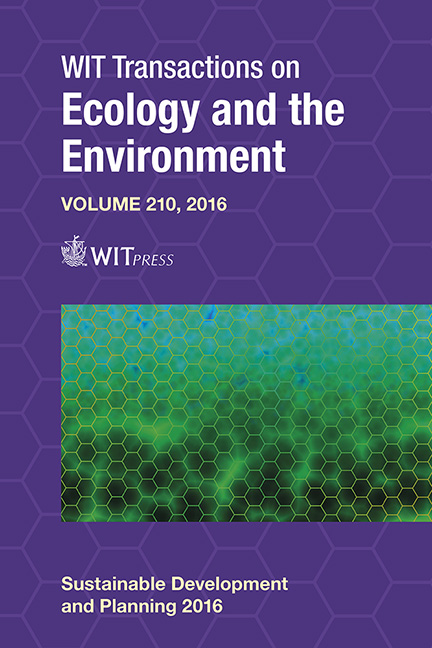Dothi Etape: Journey Through The Experiences Of Performance And Art
Price
Free (open access)
Transaction
Volume
210
Pages
13
Page Range
311 - 323
Published
2017
Size
1,792 kb
Paper DOI
10.2495/SDP160261
Copyright
WIT Press
Author(s)
S. A. Syed Albakri, S. S. Zubir, Z. Yahya, F. R. Razali, F. Kholid
Abstract
In an ever-changing urban landscape, connectivity in terms of walkability is emerging as a major factor when considering urban design. When a city experiences rapid development, it also contributes to an increased homogenization of big city blocks. The acquisition of smaller buildings creates bigger and more modern blocks that not only cause gentrification in terms of population and commercial diversities but also decreases the permeability of streets. This will in turn reduce the walkability of the streets due to the limited numbers of corners and intersections a pedestrian can choose to follow. Rapid development causes the disappearance of historical enclaves where some of the major streets and pedestrianized areas lose their local streetscape identity. This theoretical urban design projection is located at Le Loi in district 1 of Ho Chi Minh City where there is the Municipal Theatre, the Saigon Tax Trade Centre and various avant-garde hotels that were constructed during the French colonial period. The site is also located perpendicular to the newly developed Ngu Yen Hue Boulevard with restrictions in creating any form of activities on this boulevard. To undermine these restrictions, a cultural catalyst approach is identified as the most suitable due to the prevalent nature of how the road becomes the hot spot for cultural activities such as the Lunar Flower Festival held every year. The site has the most cultural and heritage value and is made as the focal point of the design. Concepts are formulated to enhance the experiences of the site where nodes are established as main catalysts for connectivity. The generative concepts are based on the idea of the Situationists International where a bottom-up approach is preferred. These concepts are Derive, Detournment and Stage Cinematics. Translation of these concepts into the proposed schemes will at its core assist in the revitalization of the site by injecting an ever-changing routes and paths, allowing for increased diversity in land-use, cultural activities and urban typologies respectively. These concepts will generate an ever-changing experience of the spaces throughout the year.
Keywords
performance arts, journey, derive, detourment, walkability, situationist, urban stage





